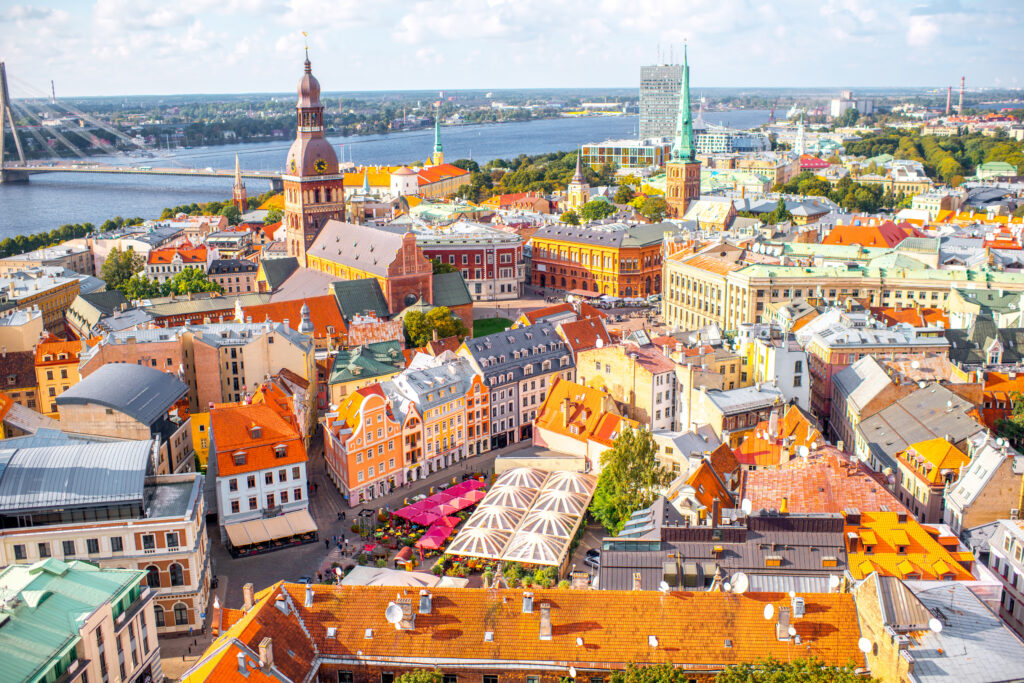
Latvia is a small, flat country nestled in northern Europe, where the forest runs along the beach and the pine trees number in the thousands. In short, a country of unspoilt nature and wild beaches. It's a country proud of its independence and culture, determined to prove to old Europe that it belongs among the greats. Off the beaten tourist track, Latvia offers the promise of a truly original and enjoyable vacation. Let's take a closer look at the must-sees of a true Baltic pearl.
Petit Futé tip: Take advantage of a discount by booking your travel your travel insurance and leave with peace of mind!
Good to know: If you'd like to opt for a personalized travel itinerary in Latvia, we recommend that you request your free quote right here. A tailor-made, responsible trip, direct with the best local agencies, awaits you!
1. What to do in Latvia Discover Art Nouveau in Riga
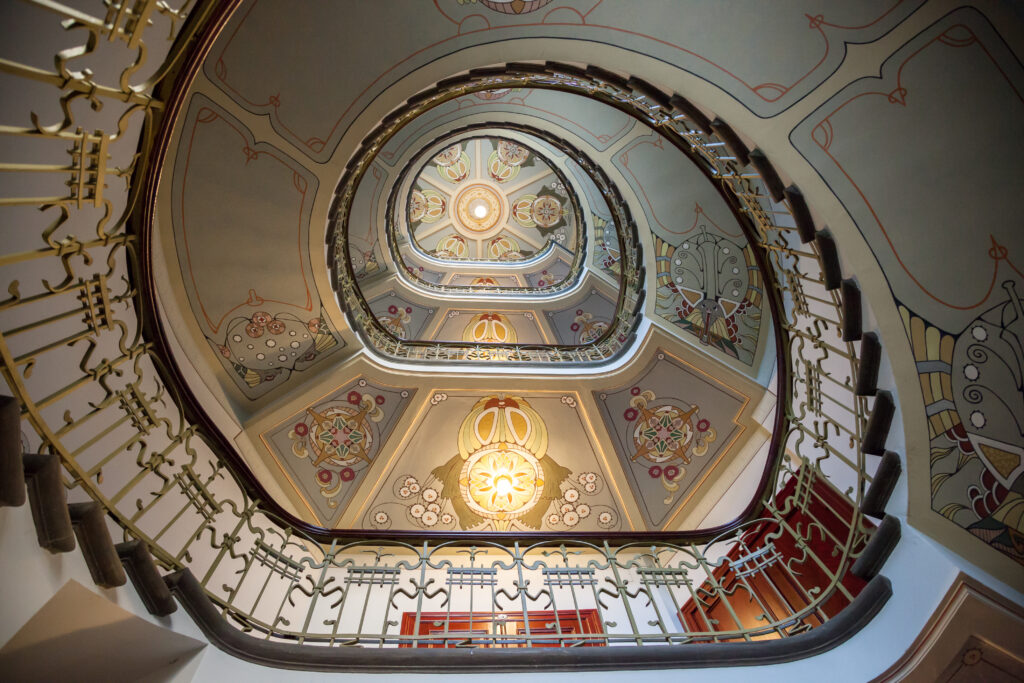
Renowned as the capital of Art Nouveau, Riga proudly boasts a third of its buildings from this architectural and artistic movement. What makes this heritage exceptional is the eclecticism that characterizes its facades. In addition to classic Art Nouveau, the city boasts magnificent examples of its variants, including "National Romanticism" and Nordic Art Nouveau. The buildings on Elisabetes Street, near the park, are particularly famous for their Art Nouveau facades signed by Eisenstein (nos. 10 and 33). Alberta iela, another street not to be missed, is home to such gems as the buildings at nos. 8 and 13, and those housing the apartment of painter Jānis Rozentāls (12-9). Finally, Strelnieku iela (no. 4a) completes this remarkable architectural tour. Passing through Elisabetes iela, don't miss no. 2, the former headquarters of the Communist Party, now converted into a conference center. Riga's architectural heritage is uniquely rich, with every street corner an invitation to marvel.
Are you an Art Nouveau fan? Discover this rich heritage by booking this tour of the Art Nouveau district, which features many of architect Mikhail Eisenstein's creations.
2. The Liberty Monument
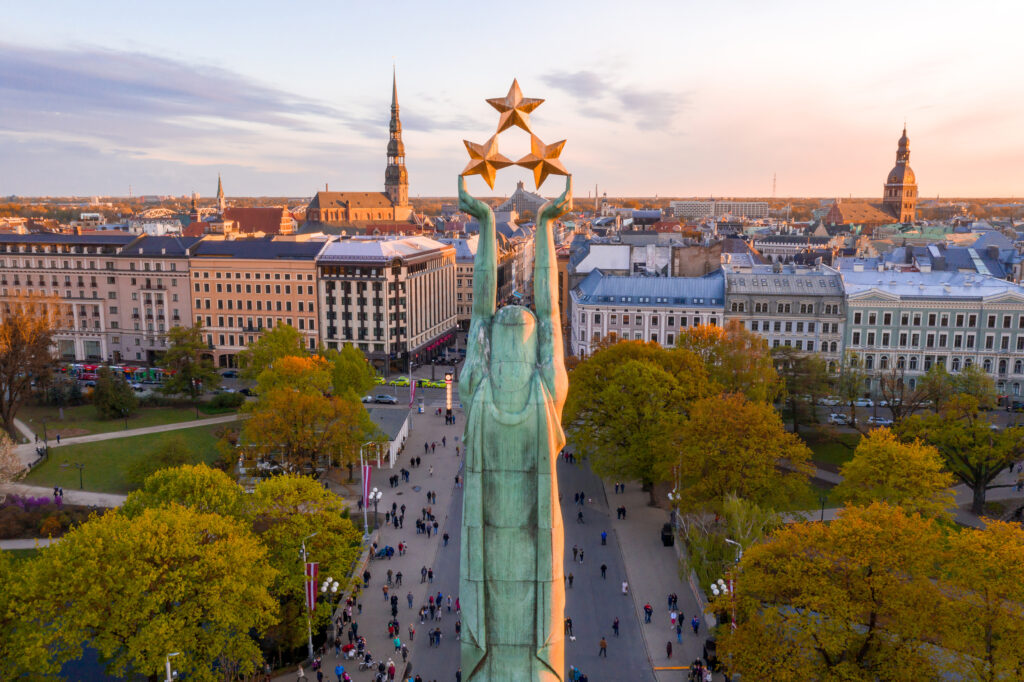
Sculpted between 1931 and 1935 by the famous Kārlis Zāle, the Freedom Monument is as dear to Latvians as the Eiffel Tower is to the French. It bears witness to the people's love of their homeland, and remains a symbol of their desire for independence. The motto engraved at the foot of the statue, Tevzemei un Brivibai (Fatherland and Freedom), resonates throughout the country. At 42 m high, the monument was built thanks to donations from the local population. The reliefs on the first level depict Latvian mythological heroes and symbolic figures. Banned from celebration during the Soviet era, today this monument is the capital's most flowery and beloved.
To book: we recommend this guided walking tour of Riga's Old Town, which will introduce you to the city's history and show you its most emblematic monuments.
3. What to do in Latvia Stroll through Riga's central market
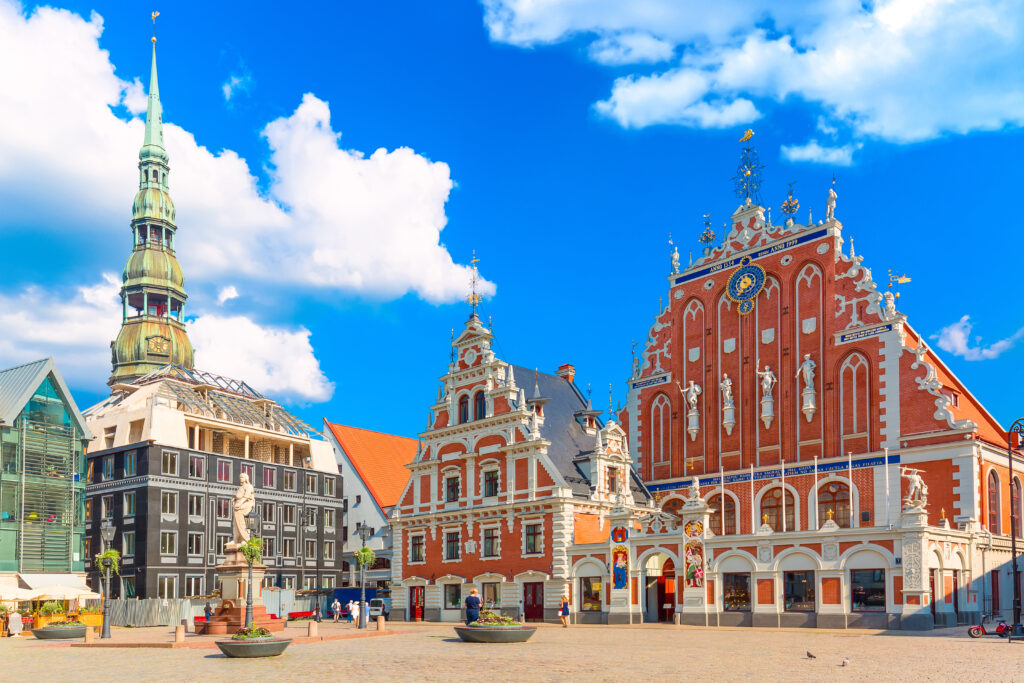
The Central Market is one of Riga's must-sees! Housed in three former zeppelin hangars built before the First World War, this emblematic market is brimming with delicious traditional produce. Inside the sheds as well as on the stalls outside, local farmers offer cheeses, vegetables, meats, cold meats, flowers, honey, fresh and smoked fish... It's the ideal place to discover the riches of Latvia's terroir! The market is still very popular with the people of Rīga, thanks to the exceptional quality of the products on offer. Part of the site has even been converted into a food court, offering a convivial place to enjoy local specialities on the spot. Bon appétit!
What to book: Discover Latvian gastronomy in Europe's largest open-air market by booking this culinary tour of Riga. You'll sample an assortment of traditional local foods while learning about the history of these massive markets.
4. Riga Museum of History and Navigation
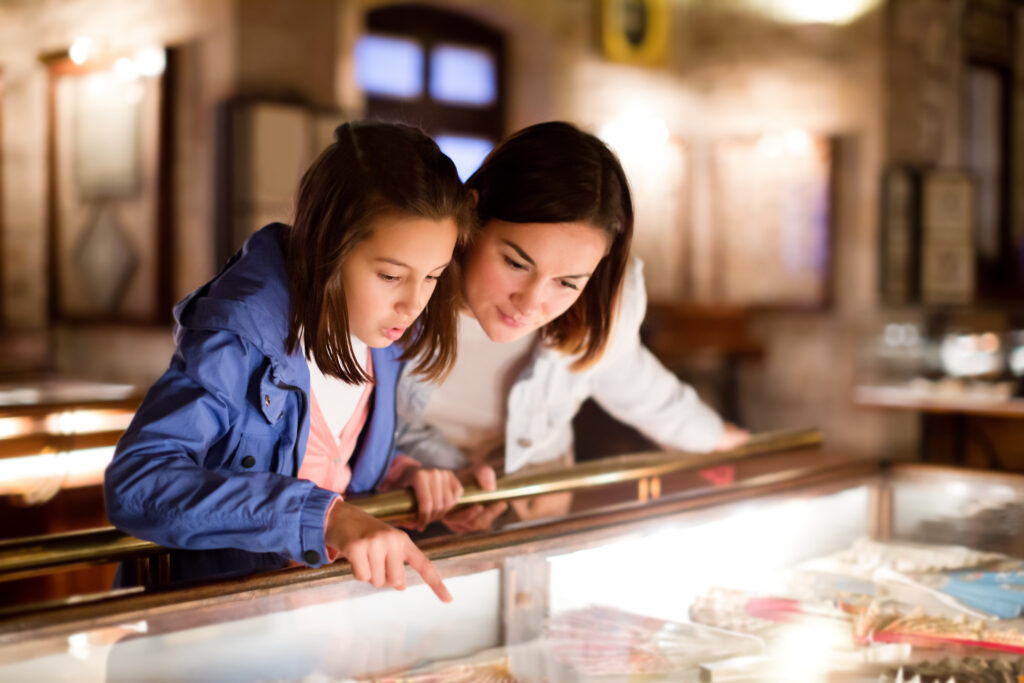
Located in the heart of Old Riga, an ideal destination for a city break in October or a little later for the All Saints' vacation, this museum, one of the oldest in Europe, opened its doors in 1773. In over two centuries, it has become an essential reference point for discovering the history of Riga and Latvian shipping. The tour, spread over several floors, traces the history of the Riga region, from prehistory to the country's independence in the 20th century. Among the treasures on display are magnificent collections of costumes, works of art and objects testifying to the rich Latvian culture through the ages. The port of Riga, with its fascinating maritime past, is also highlighted through ship models, maps of shipping routes and accounts of voyages from the 20th century to the present day.
5. St. Peter's Church
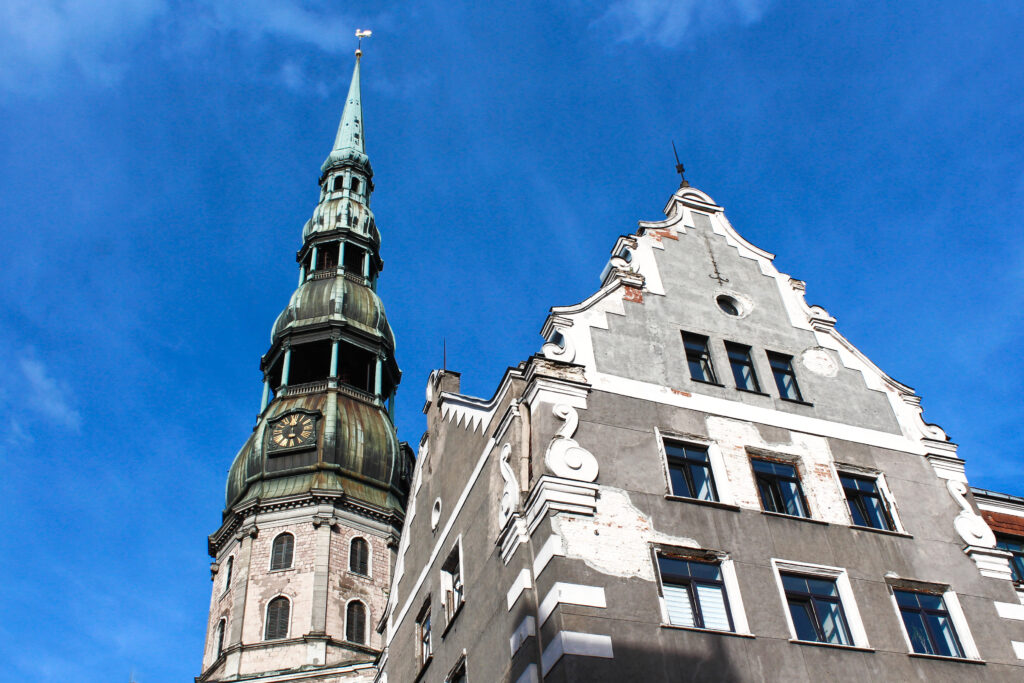
St. Peter's Church, the tallest building in Vecrīga, is an ideal starting point for exploring the old town. Climb aboard the elevator in its tower and you'll reach a platform 70 meters above the ground, offering spectacular panoramic views. The church spire rises to a height of 123 metres. Built in stone in the second half of the 13th century, the church was partially rebuilt in the 14th and 15th centuries. Its architecture reflects a harmonious blend of several styles, testifying to its evolution over the centuries.
To book : would you like to discover Riga in a different way? We recommend this canalboat tour with audio guide. You'll discover the city's historic center from a different perspective.
6. What to do in Latvia Visit Riga Cathedral
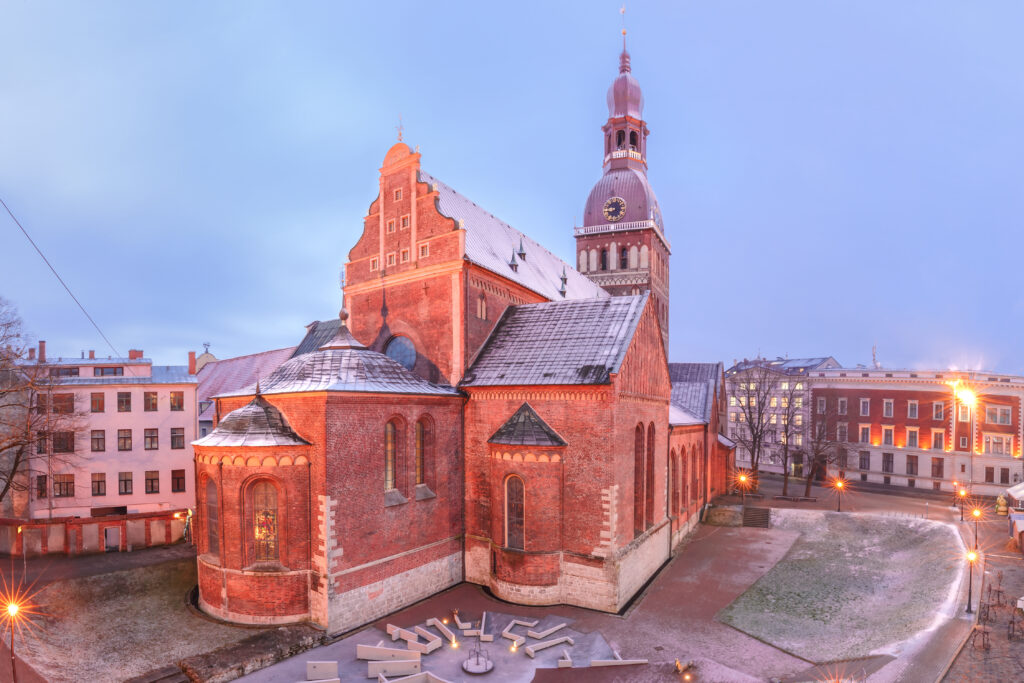
To the north of the Old Town, another steeple dominates the skyline: that of the Doma baznīca church, located on Doma laukums square, Riga's cathedral. Founded in 1211 by Archbishop Albert, this church is one of the most emblematic monuments of Latvian architecture. Originally built in Romanesque style, the church evolved into a Gothic structure with large windows and impressive vaults. Then the 18th century marked the addition of the tower and gable in Baroque style, while the 20th century saw the appearance of a magnificent Art Nouveau vestibule, adding a modern touch to this place steeped in history.
To book: Go here to book a multi-stop bus tour in Riga to explore the streets of this 800-year-old city. You'll see such must-sees as the Freedom Monument, the Opera House and City Square.
7. Gauja National Park
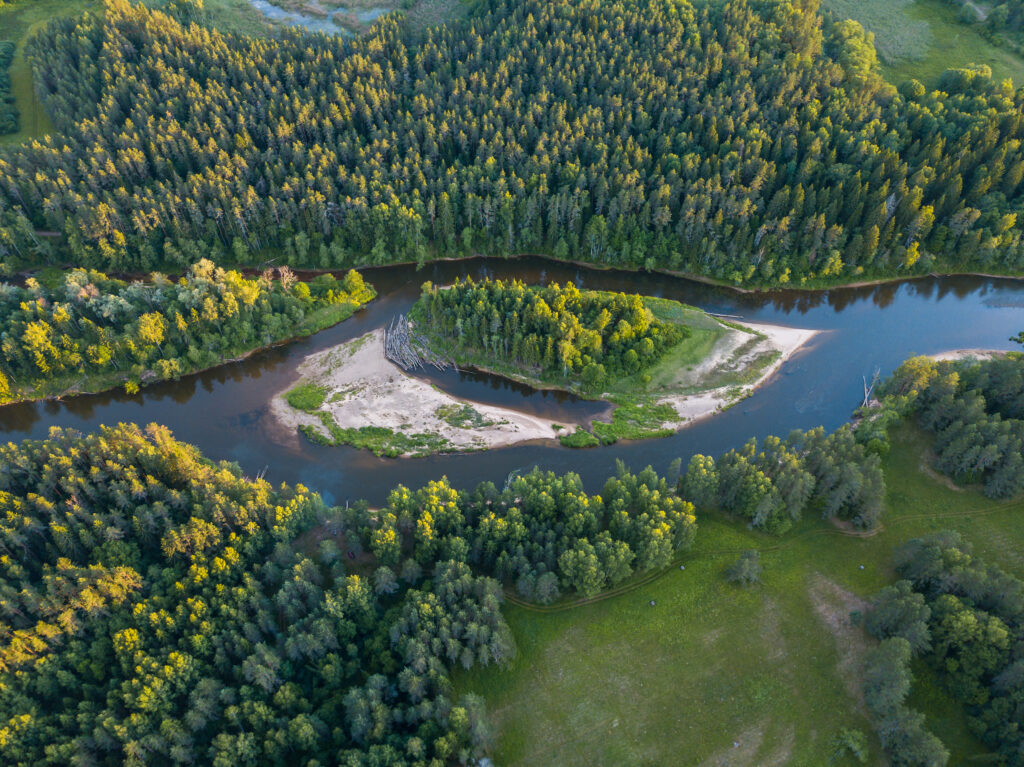
With its 92,000 ha, Gauja National Park was founded in 1973. Forests of pine and silver birch stretch along both sides of the Gauja valley, a legacy of the Ice Age, with its preserved flora and fauna, archaeological sites and numerous activities in both winter and summer. In short, this national park is a true paradise for nature lovers! Its territory stretches from the town of Sigulda, which dominates the park and is its main gateway, to the town of Valmiera, passing through Cēsis in the middle. The region has always been a favorite place of meditation for Latvian nationalist romantics and artists.
What to book: Set off from Riga to discover Latvia's breathtaking landscapes by booking this private van tour that takes in Sigulda, Turaida and Gauja National Park.
Read more: 10 alternatives to Europe's over-touristy destinations
8. Sigulda
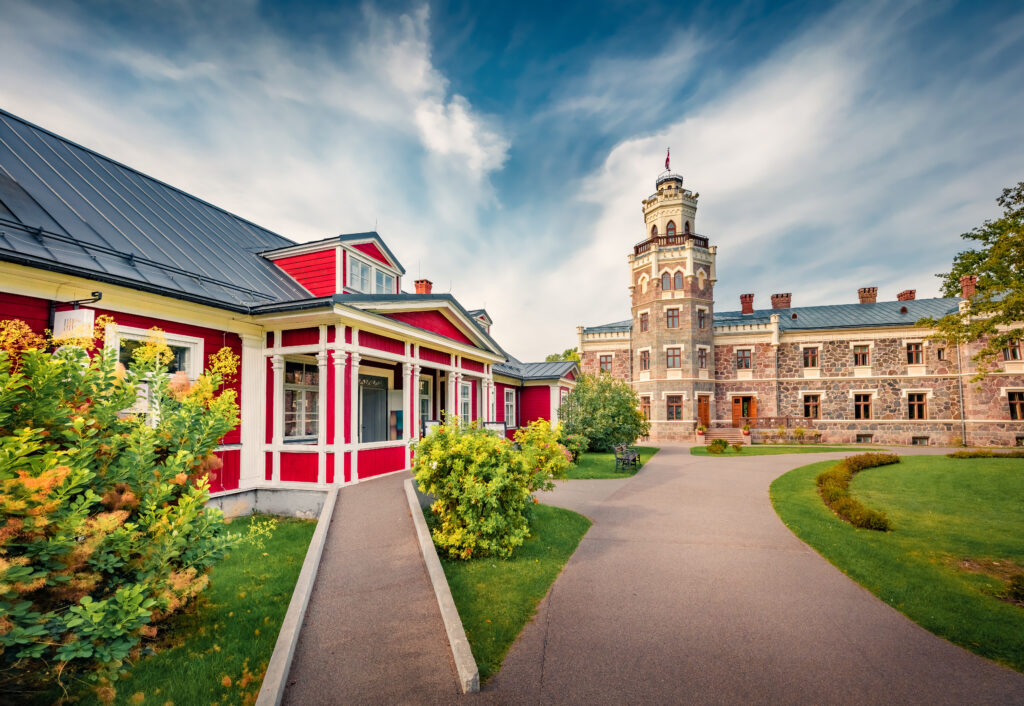
Located 50 km east of Rīga, Sigulda boasts a rich history and picturesque landscapes. Originally, the region was inhabited by Finno-Ugric Lives tribes, who built wooden fortresses on the surrounding hilltops. From the 13th century onwards, the town became a strategic battleground between the Germanic knights and the Archbishop of Rīga. The knights built their castle at Sigulda, while the archbishop erected his own at Turaida, just across the road, allowing each to keep a watchful eye on the other. Today, in addition to its historic monuments, Sigulda is most famous for its 1,260-metre bobsleigh run! This attracts thrill-seekers all year round, whether in summer or winter.
To book : Tempted? We recommend this tour, which includes a visit to the ruins of Sigulda medieval castle and Turaida castle
9. What to do in Latvia Turaida Castle
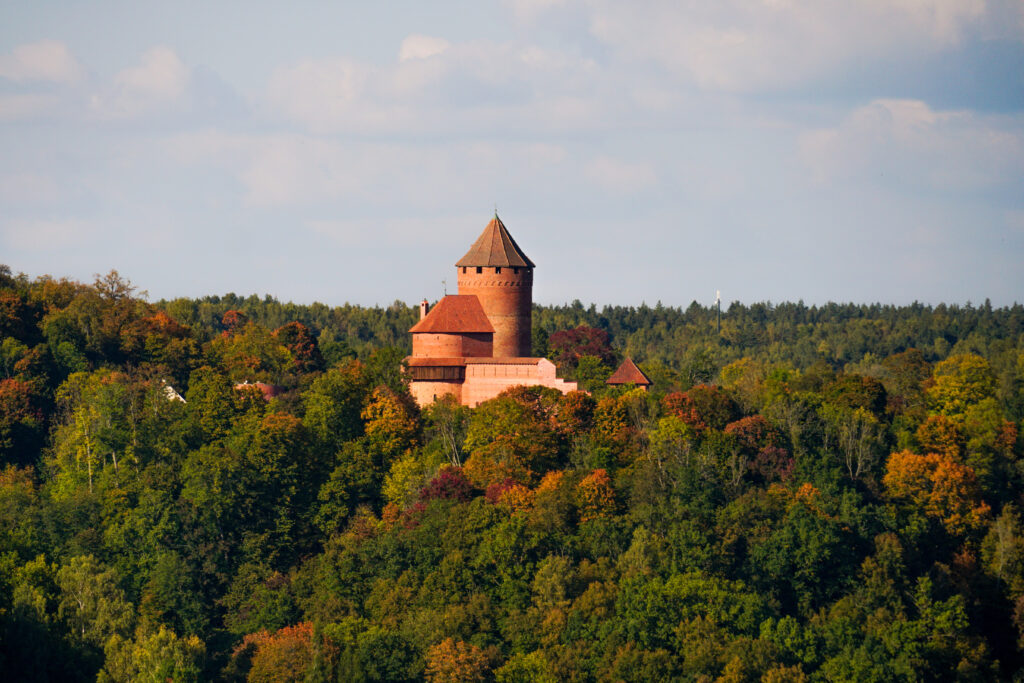
From Sigulda, you can see the tall red-brick tower of the Livonian Turaida Castle, built in 1215. It offers a breathtaking view of the surrounding area. The site also houses a museum in a 15th-century attic, which traces the history of the Livonian state from the 14th to the 16th century. During the summer, folk song festivals enliven this historic site. The park surrounding the fortress invites visitors to discover local traditions. You can explore the pirts (traditional sauna), a blacksmith's workshop, the fascinating fish cellars that served as refrigerators in medieval times, and a house depicting the lives of barons and servants. A true journey back in time to the heart of Latvian culture and heritage.
10. Jūrmala
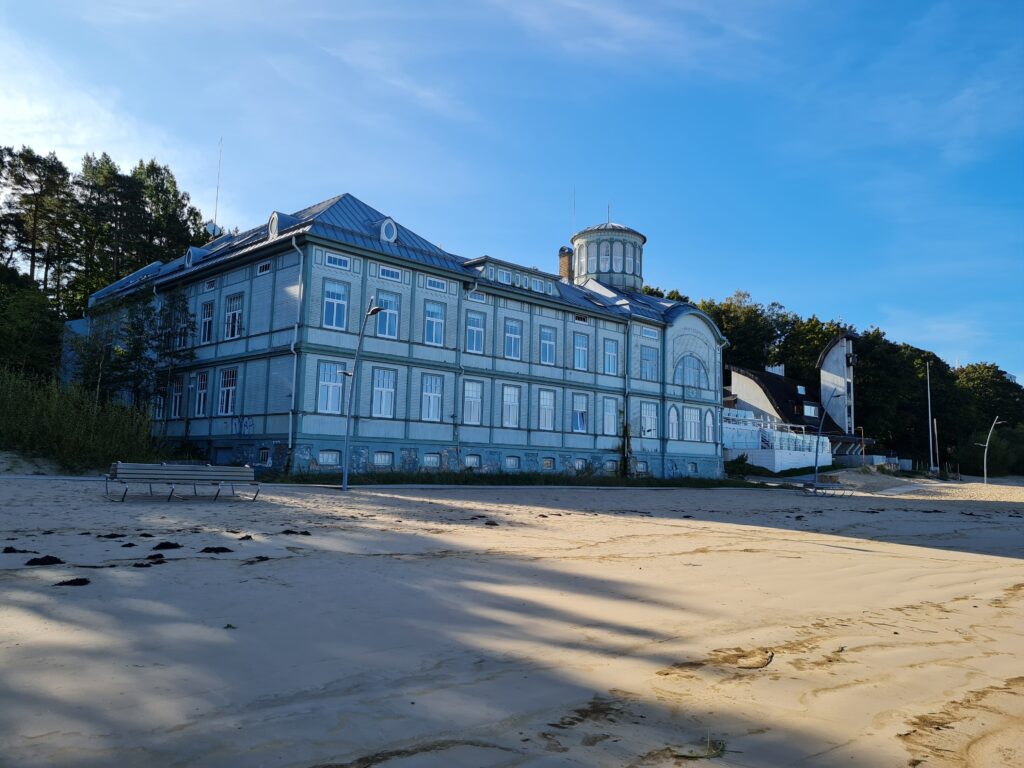
Nicknamed the "Riviera of Latvia", Jūrmala, which means "the shore" in Latvian, is a charming succession of fifteen former fishing villages, administratively unified in 1959. Located just 25 km west of Rīga, Jūrmala stretches over a narrow 30 km strip of land, bordered by long white sandy beaches, dunes, pine forests and the Lielupe River, which runs along the coast to its very end. Renowned as early as the 18th century as a popular spa thanks to the mineral wealth of its waters, Jūrmala continues today to embody the Latvian Saint-Tropez. It attracts city dwellers in search of escape and makes Latvia a frankly exotic destination to go without a passport.
To book : we recommend this excursion, which will show you the impressive natural wonders of the famous Ķemeri peat bog. If you choose this option, you can also visit Jūrmala.
11. Rundale Palace (Pilsrundāle)
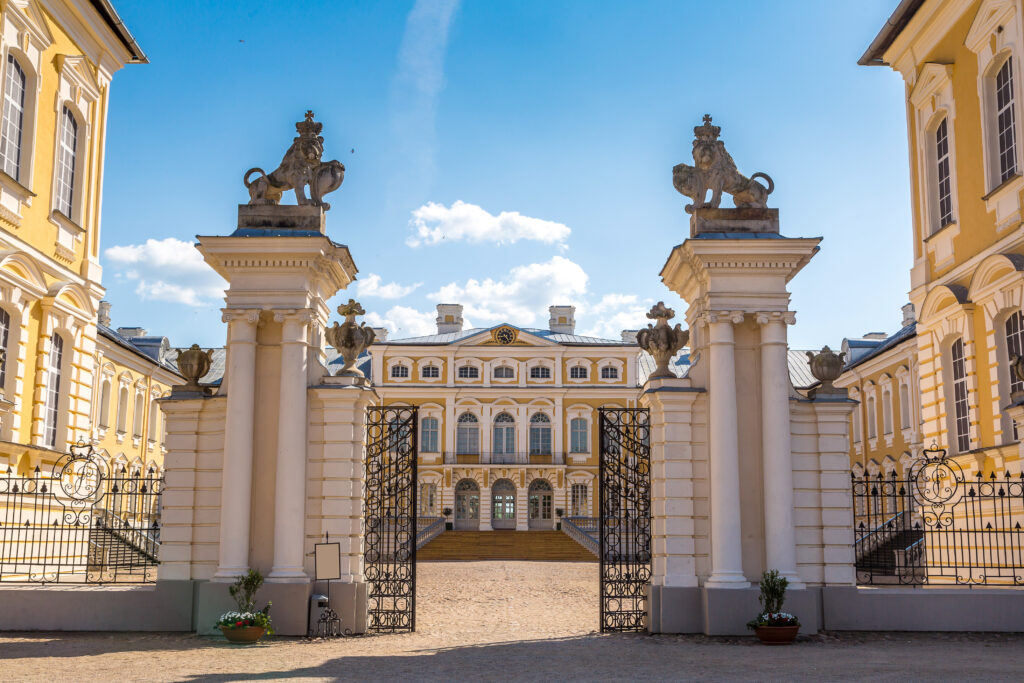
A trip to Zemgale must include a visit to the superb Rundāle Palace. 12 km west of Bauska (on the road to Eleja), this jewel of 18th-century Baroque architecture is the work of architect Bartolomeo Rastrelli. A formal garden surrounds the palace, where visitors can enjoy the beauty of the surroundings. From May to September, the janitor's house, an outbuilding in the palace grounds, hosts temporary exhibitions on gardening and the laws that govern a formal garden. There's also a good restaurant in the palace cellars.
To book: Visit 3 remarkable places on this one-day tour from Riga. Discover Lithuania's Hill of Crosses, explore the famous Rundāle Palace and its formal garden, and climb the tower of Bauska Castle.
12. What to do in Latvia Visit Kuldīga
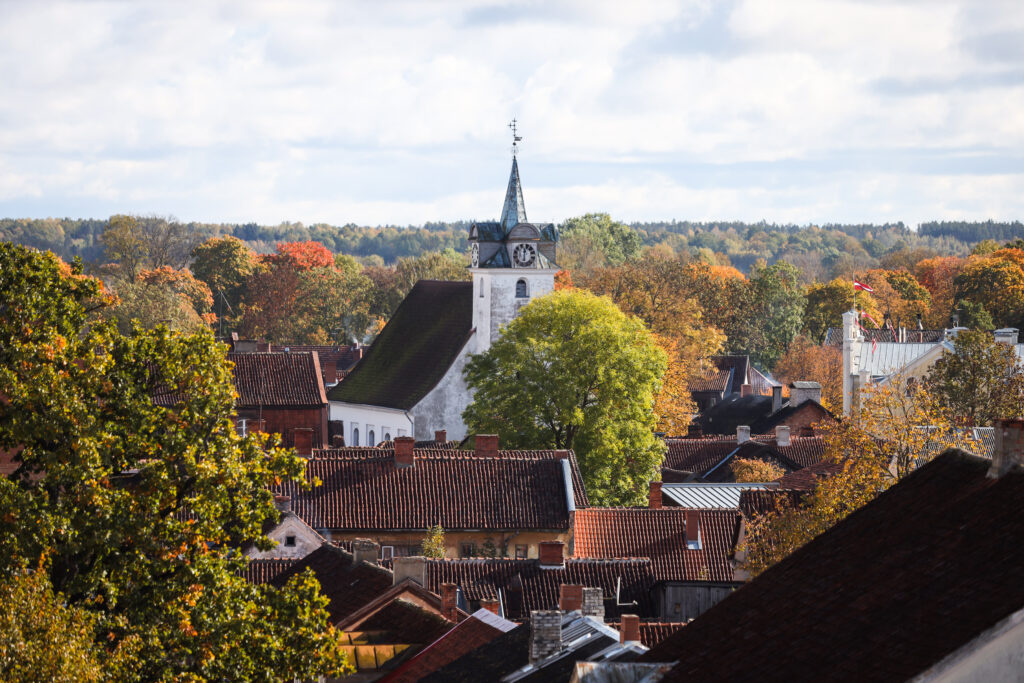
Nestled inland on the banks of the Venta River, Kuldīga is one of the most picturesque towns in the Curonian Spit. Its timeless charm and rich historical heritage, preserved despite the tumult of war, make it a popular destination for tourists. The old town, with the Alekšupīte River running through it, is famous for its 18th-century wooden houses, the oldest of which dates back to 1670. In the 17th century, Kuldīga was the capital of the Duchy of Curonian Spit. It was from here that the ships of Duke Jacob, the most prosperous duke of the time, sailed to trade throughout Europe. Even today, Kuldīga's old town retains a unique medieval atmosphere that transports visitors back through the centuries.
We recommend this this guided tour of the town of Kuldiga including the Venta river waterfall.
Read more: Top 10 cheap travel destinations in Europe
Tempted? Take a look at our airfares and book now !


